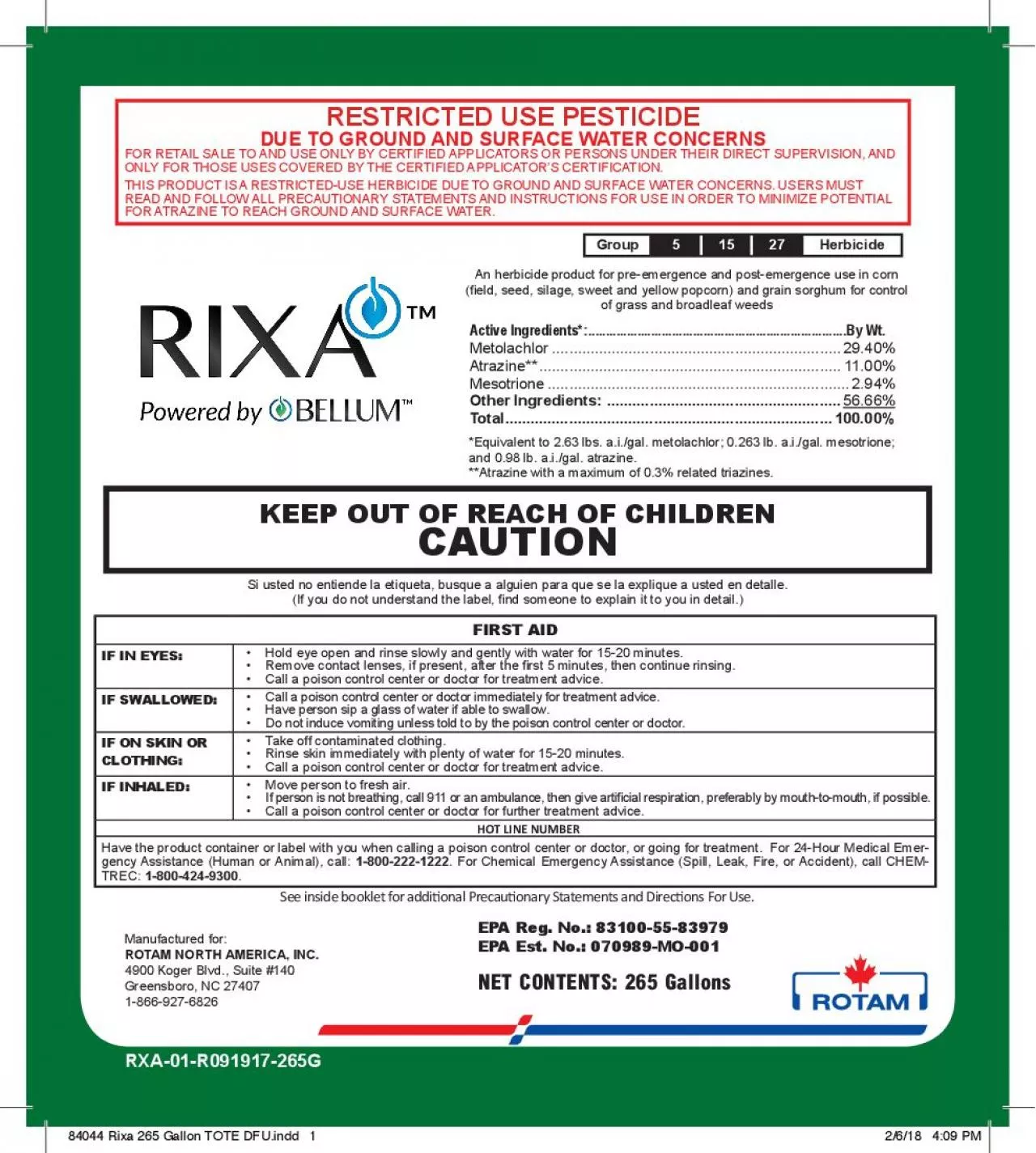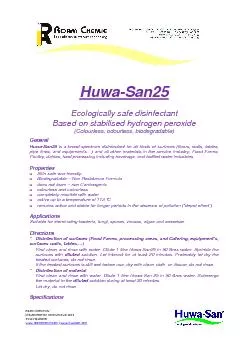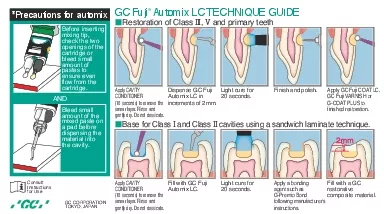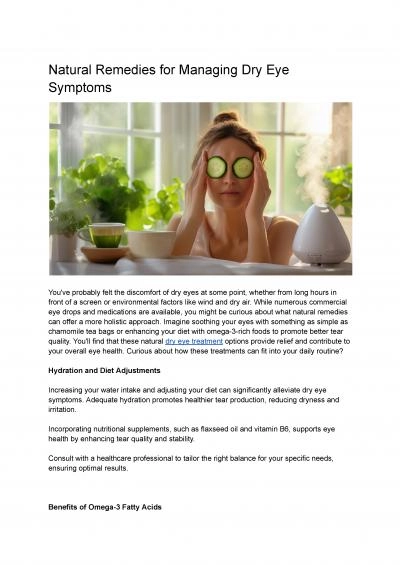PDF-Hold eye open and rinse slowly and gently with water for 15-20 minutes
Author : edolie | Published Date : 2020-11-25
FIRST AID IF IN EYES 149 149 149 Call a poison control center or doctor for treatment advice IF SWALLOWED 149 Call a poison control center or doctor immediately
Presentation Embed Code
Download Presentation
Download Presentation The PPT/PDF document "Hold eye open and rinse slowly and gentl..." is the property of its rightful owner. Permission is granted to download and print the materials on this website for personal, non-commercial use only, and to display it on your personal computer provided you do not modify the materials and that you retain all copyright notices contained in the materials. By downloading content from our website, you accept the terms of this agreement.
Hold eye open and rinse slowly and gently with water for 15-20 minutes: Transcript
Download Rules Of Document
"Hold eye open and rinse slowly and gently with water for 15-20 minutes"The content belongs to its owner. You may download and print it for personal use, without modification, and keep all copyright notices. By downloading, you agree to these terms.
Related Documents














